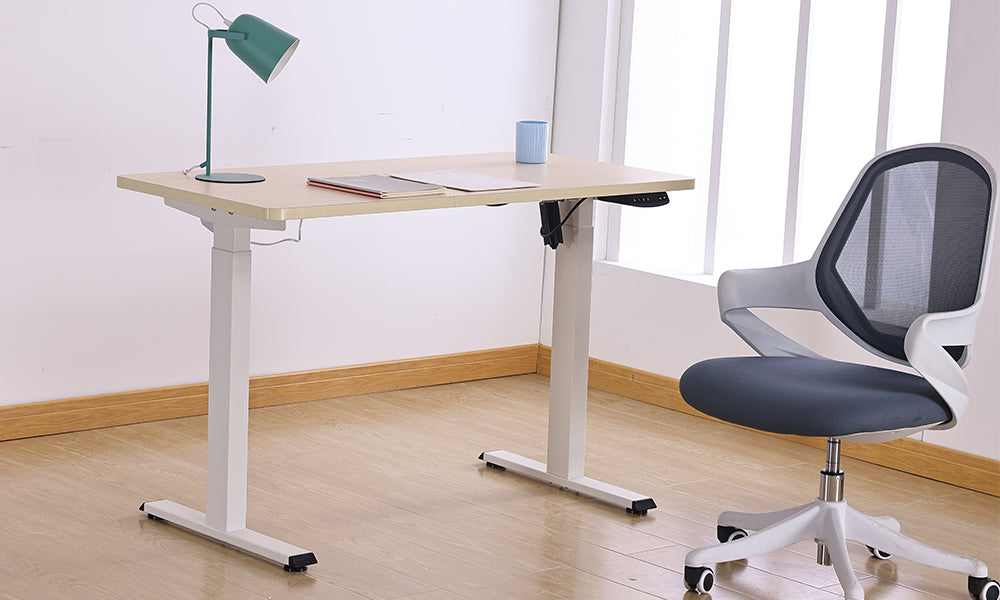As businesses strive to enhance workplace efficiency and employee satisfaction, one often overlooked but crucial aspect is the office chair. Specifically, ergonomic office chairs have gained prominence as a key element in fostering a healthy and productive workspace. This blog post explores the necessity of ergonomic office chairs in contemporary offices, delving into their benefits, the science behind them, and why they should be considered essential rather than optional.
The Rise of Ergonomics in the Workplace
Ergonomics, the study of designing equipment and devices that fit the human body, has become a cornerstone of modern workplace design. The goal is to create an environment that supports the physical well-being of employees, reducing the risk of injury and enhancing overall productivity. Ergonomic office chairs are designed to align with the natural posture of the human body, providing support in areas where it is most needed, such as the lower back, neck, and shoulders.
The Benefits of Ergonomic Office Chairs
- Enhanced Comfort and Reduced Pain One of the most immediate benefits of ergonomic chairs is the enhanced comfort they provide. Traditional office chairs often fail to support the natural curvature of the spine, leading to discomfort and pain, particularly in the lower back. Ergonomic chairs are designed with adjustable features that allow users to customize the chair to their specific body dimensions, providing support where it is most needed and reducing the likelihood of pain and discomfort.
- Improved Posture Poor posture is a common issue in the workplace, often exacerbated by poorly designed office furniture. Ergonomic chairs promote proper posture by supporting the spine's natural curve and encouraging users to sit in a position that aligns the head, neck, and shoulders. This not only reduces the risk of developing musculoskeletal problems but also contributes to better overall health.
- Increased Productivity Comfort and health directly impact productivity. Employees who are not distracted by pain or discomfort can focus better on their tasks. Ergonomic office chairs can lead to fewer breaks due to discomfort, resulting in more sustained periods of productive work. Furthermore, the reduction in workplace injuries related to poor ergonomics can decrease absenteeism, contributing to a more efficient workforce.
- Long-Term Health Benefits Investing in ergonomic office chairs can have significant long-term health benefits for employees. Chronic issues such as back pain, neck strain, and repetitive stress injuries can be mitigated by using furniture that supports healthy body mechanics. This not only enhances the quality of life for employees but can also reduce healthcare costs for both individuals and employers.
The Science Behind Ergonomic Chairs
Ergonomic office chairs are not just about comfort; they are grounded in scientific principles that consider the biomechanics of the human body. Key features of these chairs include:
- Adjustable Seat Height: Allows the user’s feet to rest flat on the floor, with thighs parallel to the ground and arms at the same height as the desk.
- Lumbar Support: Provides support to the lower back, maintaining the natural inward curve of the lumbar spine.
- Seat Depth and Width: Ensures that the user can sit comfortably with their back against the lumbar support and a few inches of space between the back of their knees and the seat.
- Backrest Tilt: Allows the user to recline slightly, reducing pressure on the spine and improving blood circulation.
These features collectively ensure that the user’s body is in an optimal position, reducing strain on muscles and joints.
The Cost-Benefit Analysis
While ergonomic office chairs often come with a higher price tag compared to traditional office chairs, the investment can be justified through a cost-benefit analysis. The initial expenditure on ergonomic chairs can be offset by the long-term savings achieved through reduced absenteeism, lower healthcare costs, and increased productivity. Additionally, businesses that prioritize employee well-being can benefit from higher employee retention rates and a better overall workplace culture.
Ergonomic Chairs in the Remote Work Era
The rise of remote work has brought new challenges and opportunities for ergonomic office solutions. Employees working from home may not have access to the same ergonomic furniture as they do in a corporate office, leading to increased risk of discomfort and injury. Employers can support remote workers by providing ergonomic chairs or offering stipends for home office improvements. This not only ensures that remote employees maintain their health and productivity but also demonstrates a commitment to their well-being.
Conclusion
Ergonomic office chairs are not merely a luxury but an essential component of today’s offices. The benefits of enhanced comfort, improved posture, increased productivity, and long-term health far outweigh the initial costs. As businesses continue to evolve and adapt to new work environments, prioritizing ergonomic furniture can lead to a healthier, happier, and more productive workforce. Investing in ergonomic office chairs is an investment in the future of work, one that acknowledges the intrinsic value of employee well-being and its direct impact on organizational success.






Commenta
Questo sito è protetto da hCaptcha e applica le Norme sulla privacy e i Termini di servizio di hCaptcha.